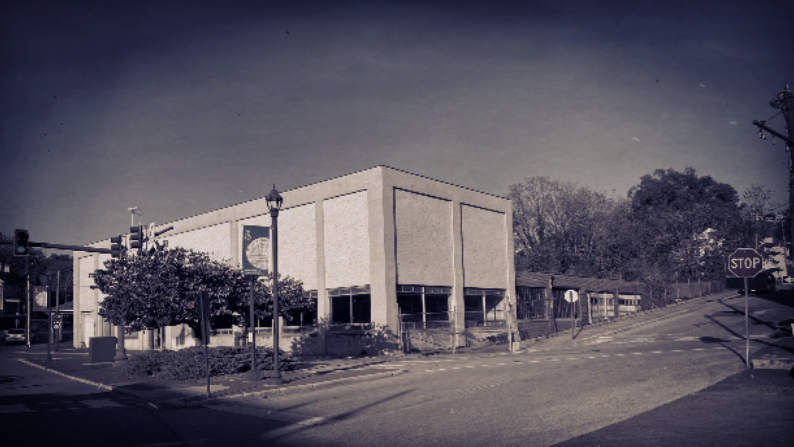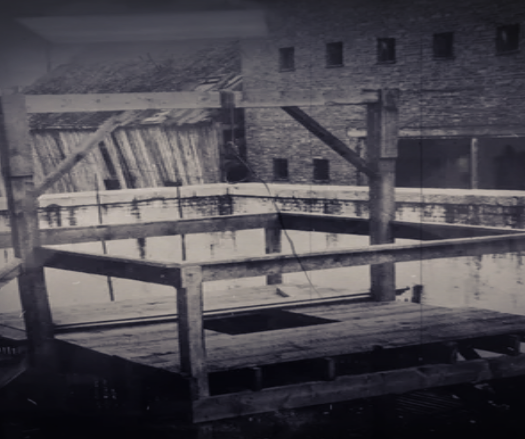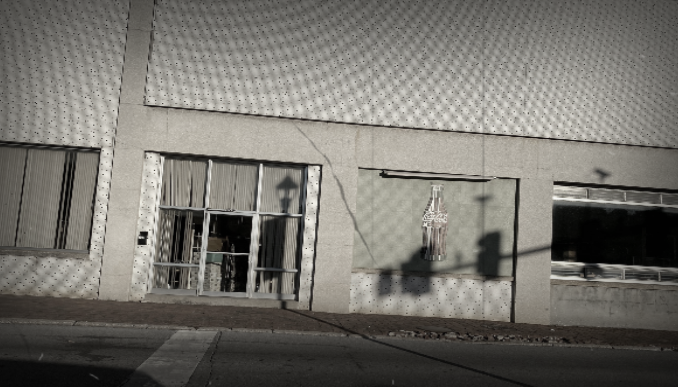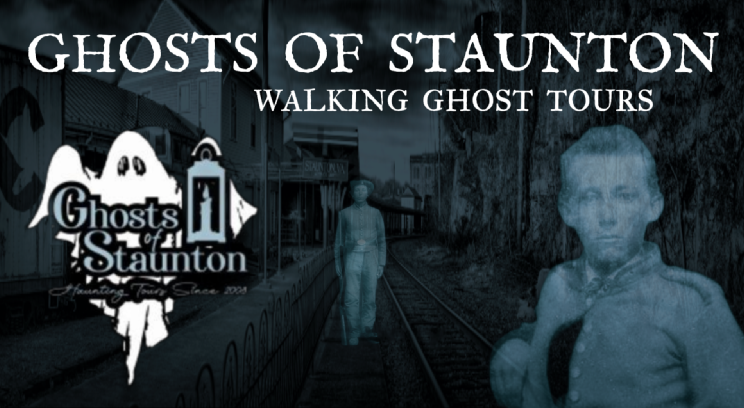GALLOWSTOWN (STAUNTON)

TODAY
|

PRE -- 1908
|
Hangings and a Fake Haunt
An area in Staunton was once known as Gallowstown was located
where North Augusta and North New Street meet. Why was
it called
Gallowstown you might ask ? Well it is actually the location where the
town's hangings took place thus the name Gallowstown.
A story below was published in the Staunton Newsleader
written by Dale Brumfield.
The Augusta County Court ordered the sheriff to erect a gallows
beside a house belonging to John Gordon on Oct. 16, 1793, at what is
today the intersection of North Augusta and North New Streets.
The first hanging there was of a young man “of feeble intellect”
named John Bullitt.
After a short trial, Bullitt was found guilty and sentenced to die.
Deputy Sheriff James Bell – at age 21– officiated at the hanging.
Present also was a local prominent Pastor, Rev. John McCue,
and he reportedly displayed great personal anguish at the
legal travesty.
The saying for many years afterward was
that if a child went to John Gordon’s house and asked
“John Bullitt, what were you hung for?”
Gordon would acerbically answer “Nothing.”
A HAUNTING PERHAPS ?
Another hanging in 1812 was steeped in a seemingly paranormal
experience that remained a bizarre mystery for many years.
On December 11 of that year a young African-American slave
girl was hanged for drowning her owner’s baby. Like in Bullitt’s
case,
there was much public sympathy for the girl, as many
believed the baby drowned by accident. Nonetheless she was
found guilty in the county court and hanged in Gallowstown.
According to Waddell’s “Annals of Augusta County,” the very
night she died an unearthly groaning awoke almost the
entire town.
People ran into the streets, horrified that the
girl was returning to exact revenge for her unfair execution.
In fact, word quickly spread that many people had actually
seen an apparition of the girl sitting on the courthouse steps.
The event remained legend for many years before the truth was
finally revealed. A two-story building at the corner of New and
Courthouse Streets
(now E. Johnson Street) contained a store
belonging to Ben Morris. Morris had a young employee who
eventually confessed to going up on the roof through a trap
door the night of the execution
and groaning through a
large brass “speaking-trumpet,” an early type of bullhorn
commonly used at the time for political speeches and by firemen.

2022
|

2022
|
Old Coca Cola Plant
The last hanging in Augusta County was June 8, 1894 at
gallows moved from Gallowstown to near what is now the
White Star Mills Restaurant.
Two months earlier, on April 30,
the badly beaten and lifeless body of 16-year-old Lottie Rowe
was discovered in a ditch beside the railroad tracks in an
area known as “Pinchtown.” Dances – also called
“Pinchtown
Germans” or “Ghost Dances” were popular near the
national
cemetery on Saturday nights. They were open to all classes
and races of people. Heavy drinking at them was commonplace.
County Deputy Sheriff T. A. Dawson immediately suspected
Lawrence Spiller, who was a blacksmith at Bodley’s Wagon
Works and seen drunk
in the same area as the Rowe girl. He and
two policemen approached Spiller at his home and told him
they needed his help at the station identifying a boy.
He agreed,
and when they reached the jail Dawson informed Spiller he
was under arrest “for the murder of that girl.”
During the trial Spiller made a full written confession, admitting
to killing Rowe with a rock. He was found guilty of murder
by a
mixed-race jury and sentenced to hang. To add to Spiller’s
troubles, his four-year-old son died on May 30 after a short illness.
On June 8, after a “substantial breakfast” of eggs, fish, rolls and
coffee, Spiller was marched out to the gallows just after 8:00 a.m.
A shroud was draped over his body, a black cap pulled over
his head, and he was hanged by the neck until dead.

|

